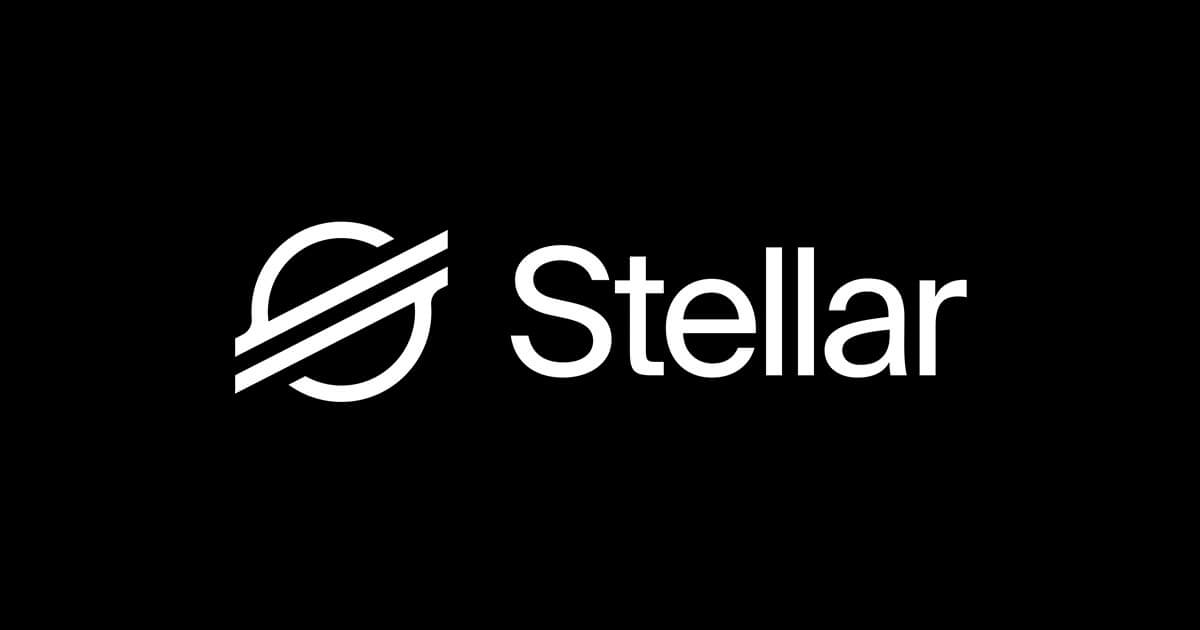|
Getting your Trinity Audio player ready...
|
The world of Distributed Ledger Technology (DLT) is a bustling frontier, with titans like Ethereum and rising stars like IOTA vying for dominance. But what if, instead of a solitary king, the future held a powerful alliance? Could the IOTA Tangle and Ethereum, two seemingly disparate technologies, join forces to build an empire of unparalleled capability?
On the surface, each network offers distinct capabilities that complement the other. IOTA’s architecture centers around the ‘Tangle‘ – a directed acyclic graph (DAG) structure allowing high scalability, zero-fees, and lightweight IoT integration. Ethereum provides unparalleled smart contract functionality and EVM compatibility for decentralized applications (dApps).
Related: Can IOTA’s Tangle Outsmart Ethereum’s Proof-of-Work? A Security Showdown
The Allure of an Alliance
Integrating the two could hypothetically deliver an unstoppable platform blending scalability, interoperability, security, and versatility. IOTA could gain robust smart contract functionality while remaining feeless. Ethereum could scale efficiently via IOTA while retaining its broad dApp ecosystem.
This fusion could unlock a new era of DLT innovation:
- IoT on Steroids: The Tangle’s energy-efficient and scalable nature could empower billions of connected devices to interact seamlessly on the blockchain, revolutionizing everything from smart cities to autonomous vehicles.
- Democratizing Smart Contracts: Feeless micro-payments could fuel a new wave of dApps, making smart contracts accessible to everyone, not just the privileged few.
- Interoperability Nirvana: Bridging the gap between the Tangle and Ethereum would foster a truly interoperable DLT landscape, allowing value and data to flow freely between different ecosystems.
However, profound technical obstacles remain. Ethereum plans to achieve scalability through layer-2 solutions like sharding. Integrating IOTA’s architecture may prove incredibly complex and risky. Also, IOTA is developed in different coding languages like Rust, while Ethereum relies on Solidity. Bridging the gap is non-trivial.
Challenges and Caveats
There are also valid concerns around diluting the teams’ focus. Ethereum is laser-focused on its careful transition to proof-of-stake. IOTA recently delivered a long-awaited coordinator removal to enable full decentralization. Integrating risks jeopardizing years of progress as resources get reallocated to unifying efforts.
Politically, the merger could face backlash from each network’s tribalistic communities, leery of the rival ecosystem. While cooperation sounds good in theory, execution requires navigating clashing ideologies and incentives.
Also Read: Is Ethereum Obsolete? IOTA’s ShimmerEVM Makes a Strong Case for DeFi Supremacy
Ultimately, a full-fledged fusion between IOTA and Ethereum appears far-fetched currently. But that’s not to say the teams cannot find common ground on shared challenges like scaling, interoperability, IoT integration, and sustainability.
Select partnerships leveraging each other’s strengths could be mutually beneficial without going all in. A perfect crypto union may not emerge yet, but through open-minded collaboration, IOTA and Ethereum can push new boundaries together.
I’m the cryptocurrency guy who loves breaking down blockchain complexity into bite-sized nuggets anyone can digest. After spending 5+ years analyzing this space, I’ve got a knack for disentangling crypto conundrums and financial markets.




